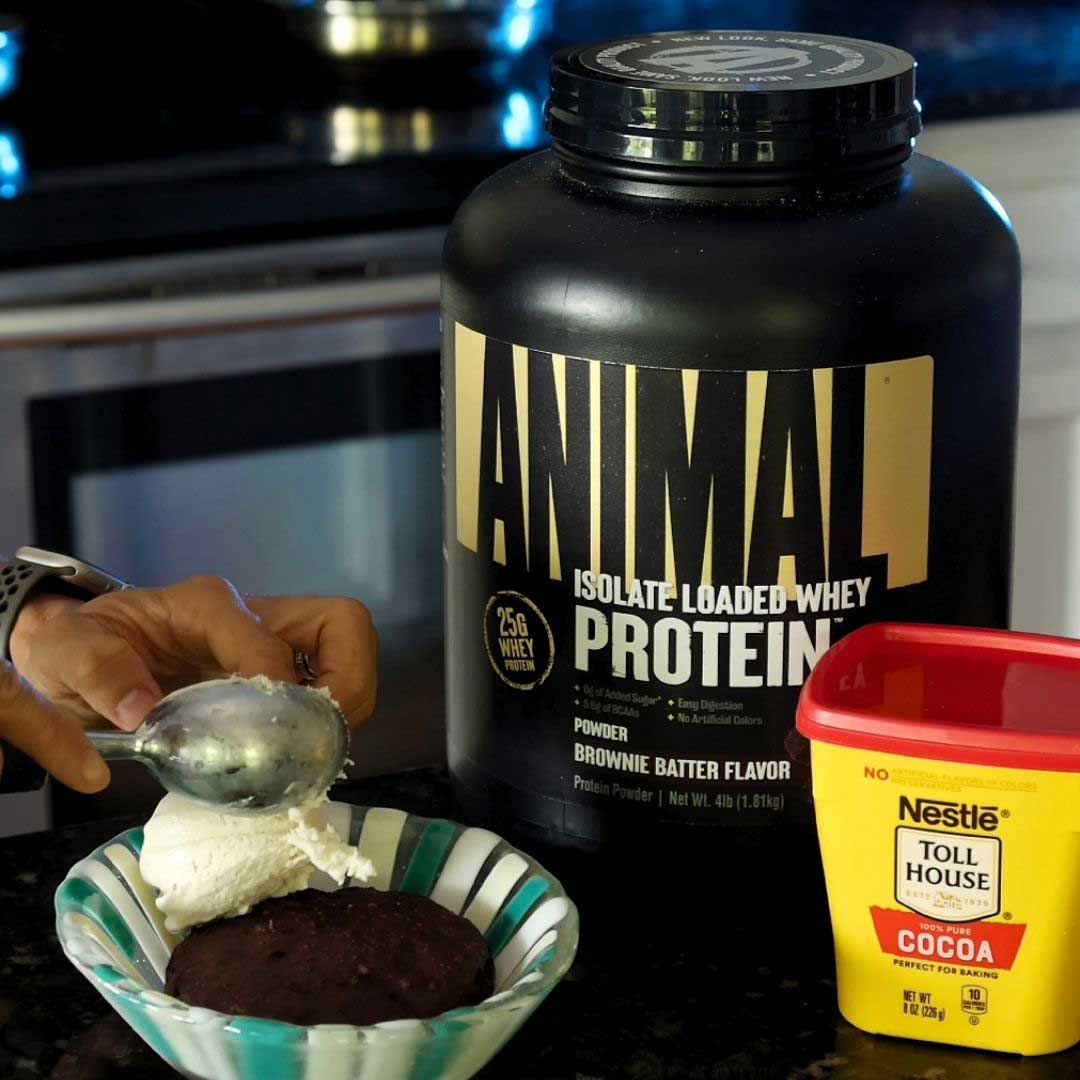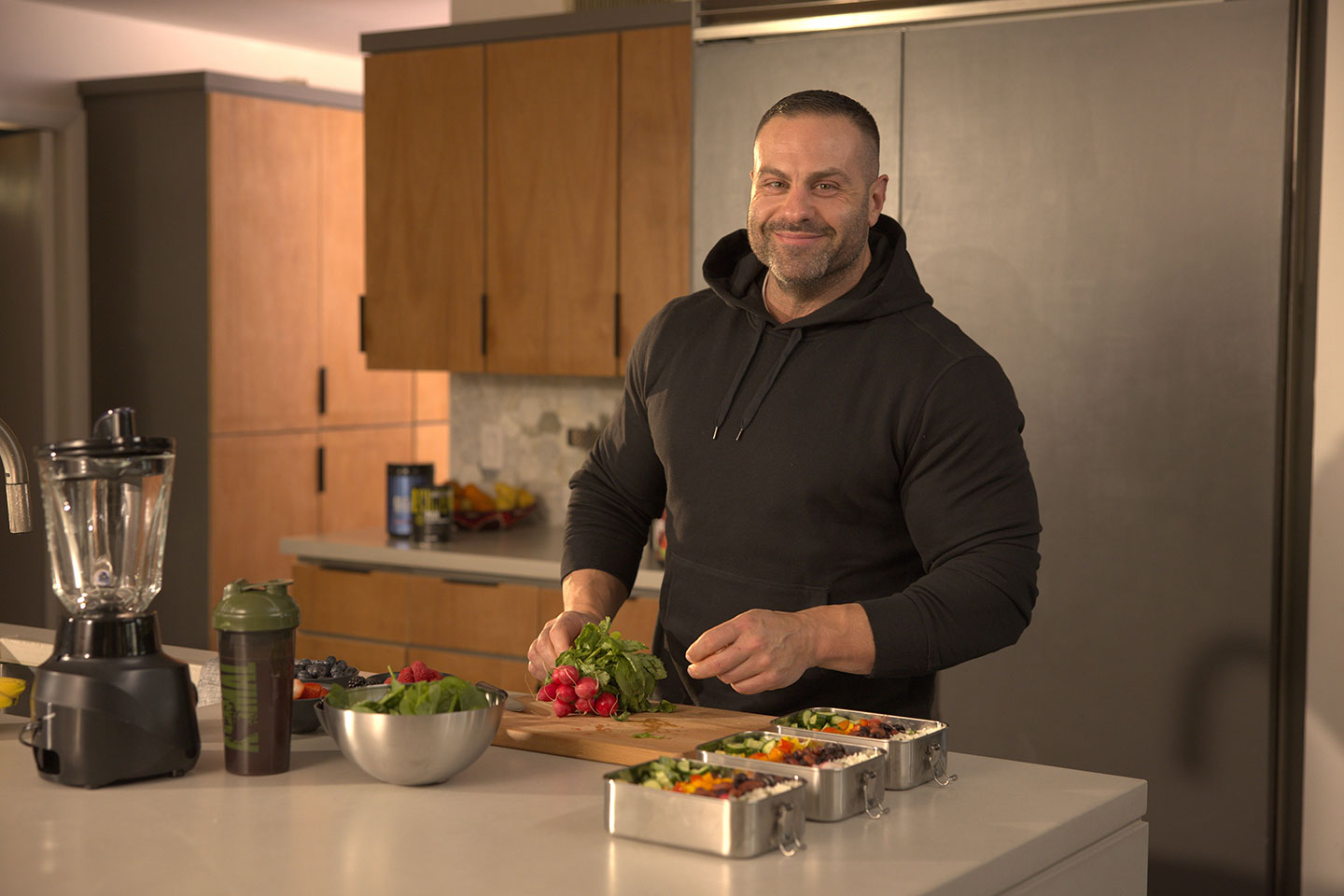Why You Should Adjust Your Training And Diet When Injured
Injuries happen. They are a part of the process for just about everyone in any sport. We do what we can to prevent them, but when we’re pushing our body to its potential the risk of injury greatly increases. So what should we do when we get injured and are partially or completely sidelined? Adjusting training and diet programming due to injury can help ensure we lose as little ground as possible and recover.
Unfortunately, many will throw in the towel temporarily and give up until the injury has totally healed. An injury can send your frustration sky high and cause you to act irrationally. You can go from 90-100% on your diet and training to 50%, and in some cases worse. What most do not understand about injuries is that you can take advantage of the situation. You can learn where you might have muscle imbalances and address them, or you can focus on lagging body parts that weren’t affected by the injury and bring up possible weak points. The most important thing is to do whatever you can to maintain strength and body composition during the recovery period. You can do this by adjusting training and diet according to the severity of the injury. In this article, I will primarily address nutrition.
Adjusting Caloric Needs
After experiencing a serious injury, your first step is to adjust your caloric needs. Make changes due to lower energy expenditure from less training duration, frequency, and intensity. It is very easy to end up cutting too much by overestimating your current calorie expenditure during exercise for fear of gaining unwanted body fat.
On the opposite end of the spectrum, some will want to consume the same caloric intake or even increase dietary protein thinking they are going to heal faster and prevent muscle loss. After the first calorie cut, further nutritional adjustments should be based on body weight, body composition, and hunger changes. Assessing every 5-7 days would be ideal.
Don't Overcomplicate It
This does not have to be complicated. It can be quite overwhelming when you try to determine the number of calories you will not be burning by taking into account weight, lean body mass, intensity, rest intervals, duration, and the body part being trained, not to mention genetic and gender variances. For example, a 150lb male training for 60 minutes doing an arm workout versus a 250lb male training legs for 60 minutes can have drastically different calorie expenditures. This can leave people confused.
I suggest you follow a progression. We can safely say that the average calories burned per 60 minutes of actual weight training can vary from 300 to 700 calories for most people. Of course, there are exceptions to that, but that would be addressed during the progression process in the first week of adjustments. No need to worry.
Starting your calorie cut to around 400 calories per hour of missed weight training would be a good start. Now if you are smaller in stature or you are a female, starting with 250-300 calories might be a better choice. Once you make your cut, monitor hunger, weight, and body composition change on your training days over 5-7 days. Those feedback markers can tell you if you need to increase or decrease total calories per day.
Where to Cut Calories
The next question people ask is from where should they cut those calories. Should they cut carbs, fats, proteins, or a blend of all? Personally, I recommend dropping those calories mainly from carbohydrates. However, if you do not have many carbs to cut in the first place cut fats.
Practicing What I Preach
This process does not need to be difficult at all. I have been injured and sidelined quite a bit over the last decade and have made successful adjustments each time doing exactly this. Most recently, I had injured my elbow and could barely train my upper body. Figuring I was burning around 600 calories per 60 minutes of weight training, I wanted to continue exercising by replacing 50% of the time I spent weight lifting with some cardio. I made a 300-calorie cut from just carbohydrates evenly taken out of each meal and did 30 minutes of moderate pace steady-state cardio on the days I would have been weight training.
The first week I maintained my weight and look, but in the second week, I lost about 2lb and started to get hungry. To counter this, I added an additional 200 calories of carbs to my training days, then over the weeks continued to monitor and make adjustments as needed. I scheduled my cheat meals on leg day since that was a larger calorie expenditure day. This balanced out for me perfectly. There are many ways to do this, but this is how I kept it simple.
Adjust, Monitor, Adjust
Too many people overvalue the current methods to estimate calorie needs as if they were set in stone. Yes, they can be useful, but if you are gaining or losing weight and your calculations have you in a calorie balance, then it does not matter anymore. That information is incorrect according to how your body is responding. Making adjustments and monitoring progression over time using your body’s feedback markers is a great way of achieving and maintaining energy balance.
Keep it simple and pay attention to what matters. Do not overthink it or get lost in the “101 ways” to calculate your calorie needs. Make adjustments and monitor progress.


















